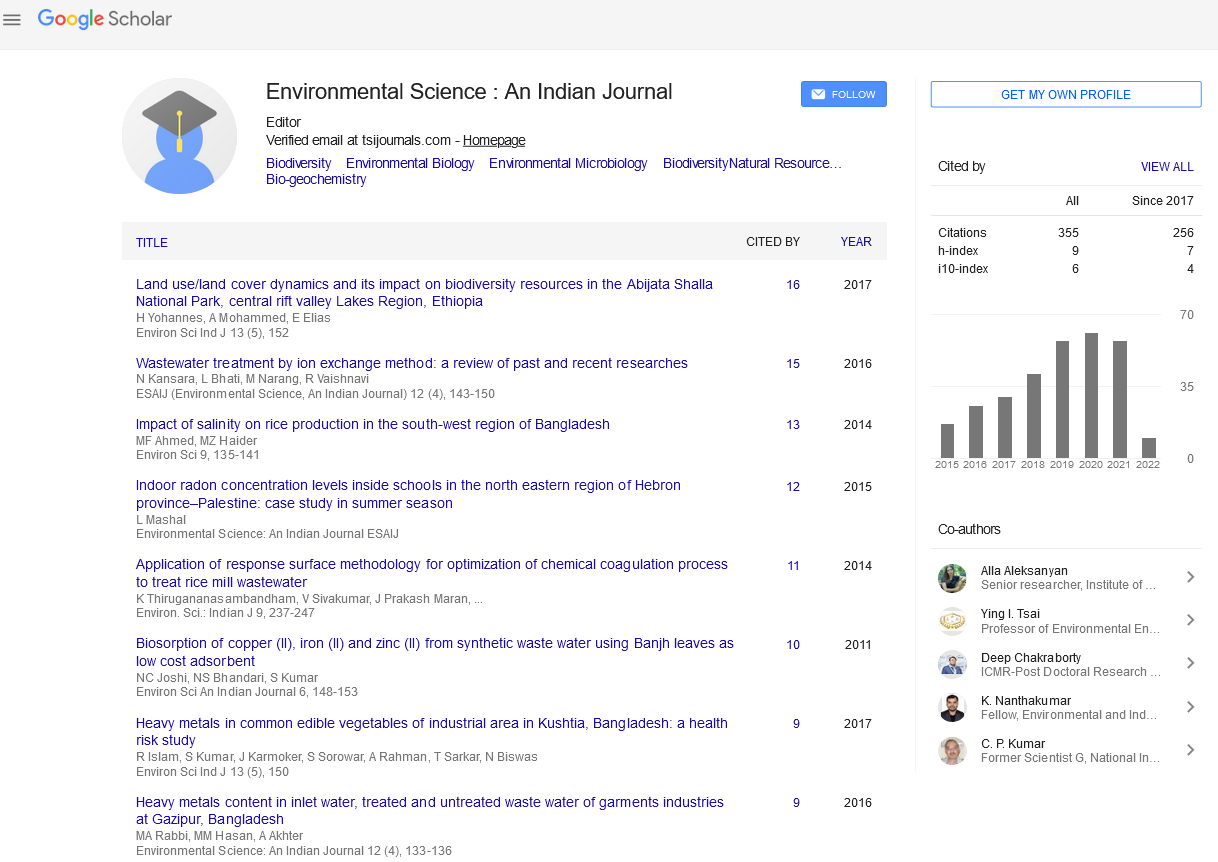Abstract
Bloom succession of phytoplankton in relation to coastal engineering along alexandria coast, Egypt
Author(s): A.Amany IsmaelThe investigated area extends for 3 km and was subjected to three phases of coastal alterations which affected not only the topography of the area but also the water quality, productivity and phytoplankton communities of coastal area. Beaches have been protected since 1934 in order to prevent further erosion and to provide newrecreational beaches.After 1998, protective wave breakers were built parallel to some of the beaches. This resulted in the formation of relatively large semi-closed, shallow lagoons. Due to their shallow depth, these lagoons became a suitable environment for algal blooms. From2010, other processes were done to reduce the harmful effect caused by the previous coastal modification in the area. The composition of the phytoplankton population was totally different for the two periods of coastal modifications. The most important bloom caused by Micromonas pusilla forming green tide. This bloomwas accompanied by the bloomof P. quinquecorne. Although there were no fish or invertebrate mortality in 2007, this bloomcaused economical losses for internal tourism. In the absence of Environmental Assessment, the coastal engineering increased the harmful algal blooms in Alexandria coastal waters even with corrective steps to mitigate the harmful effects.

